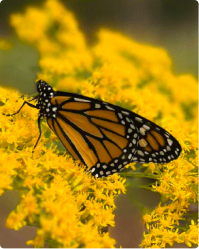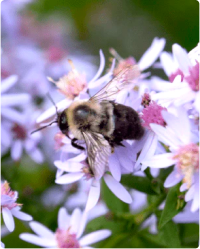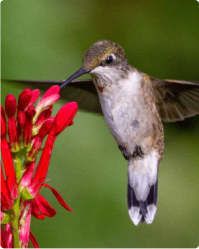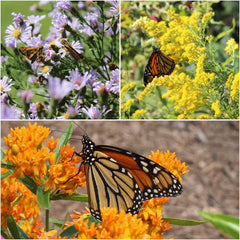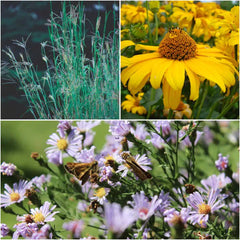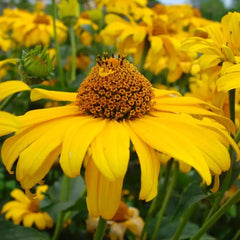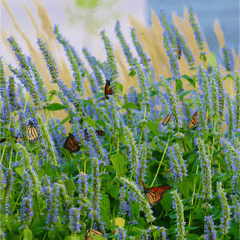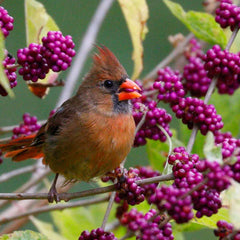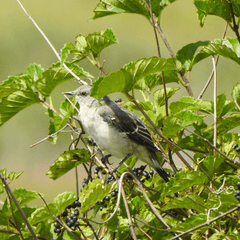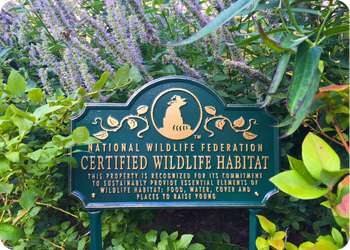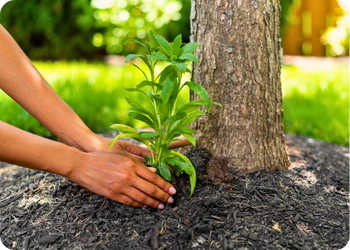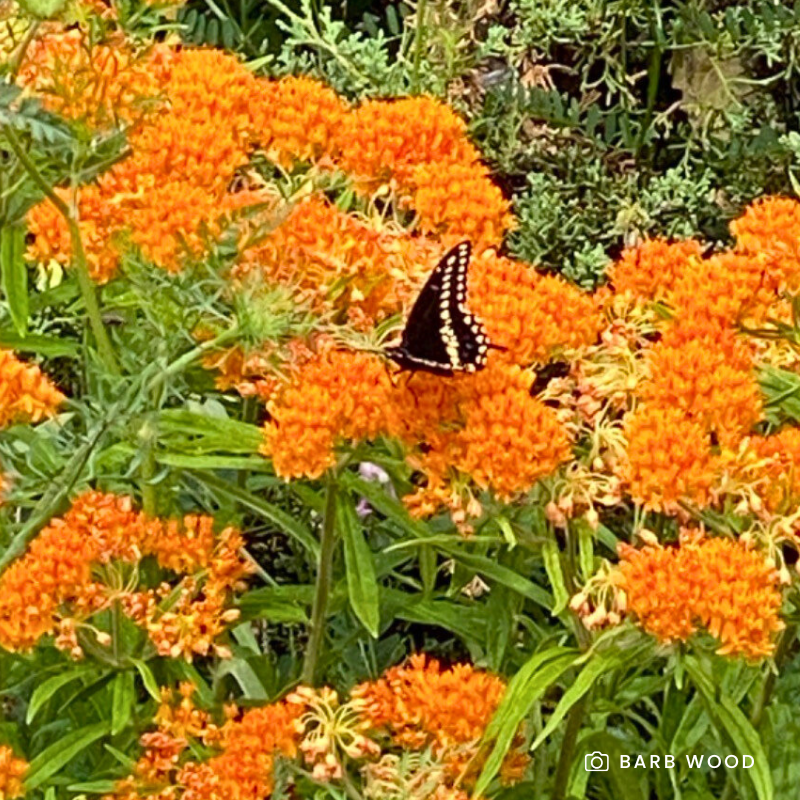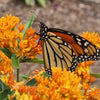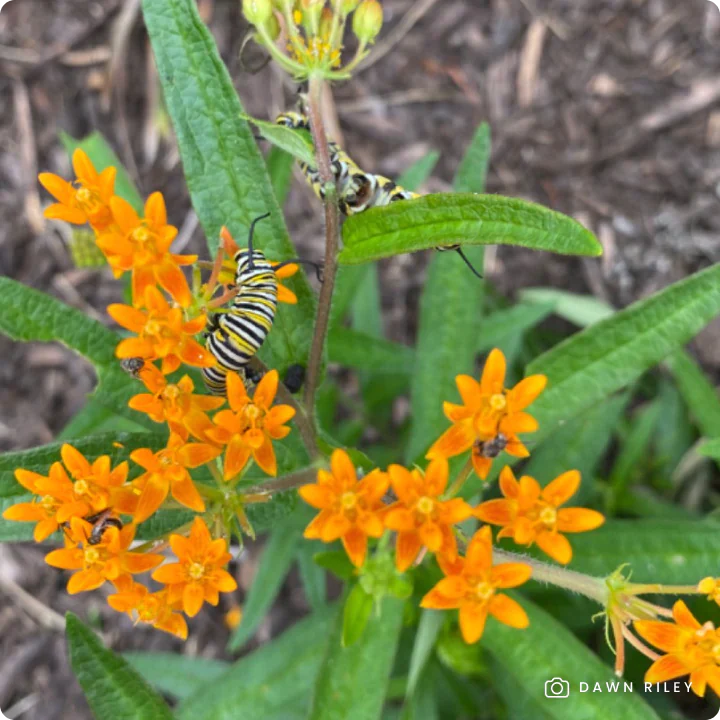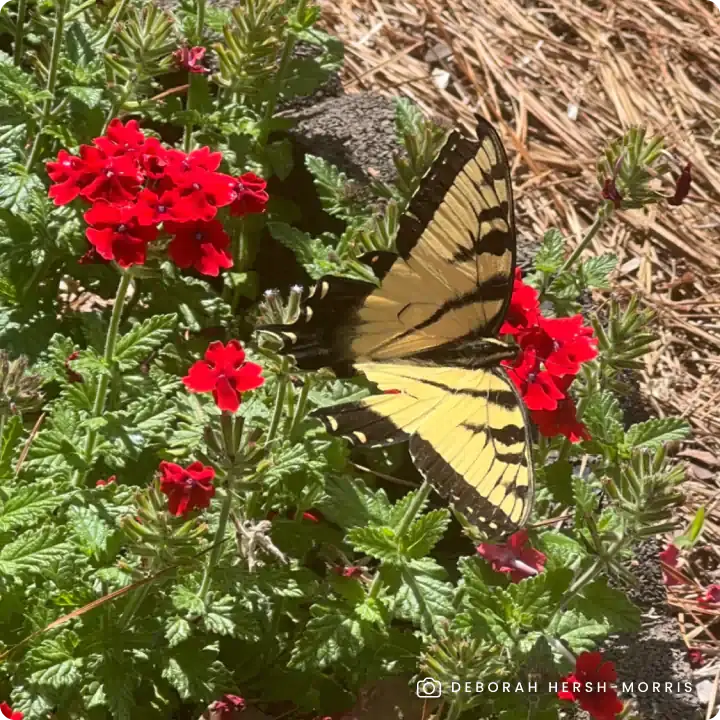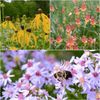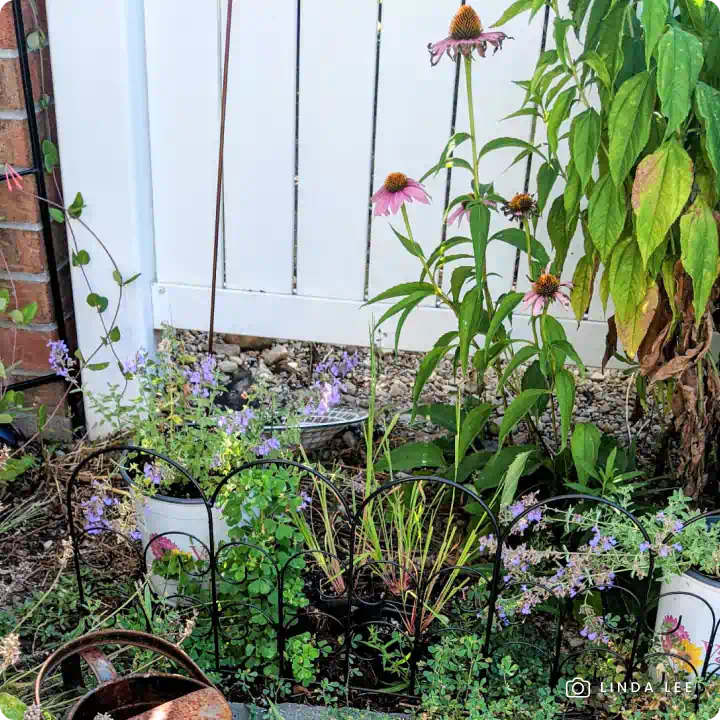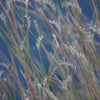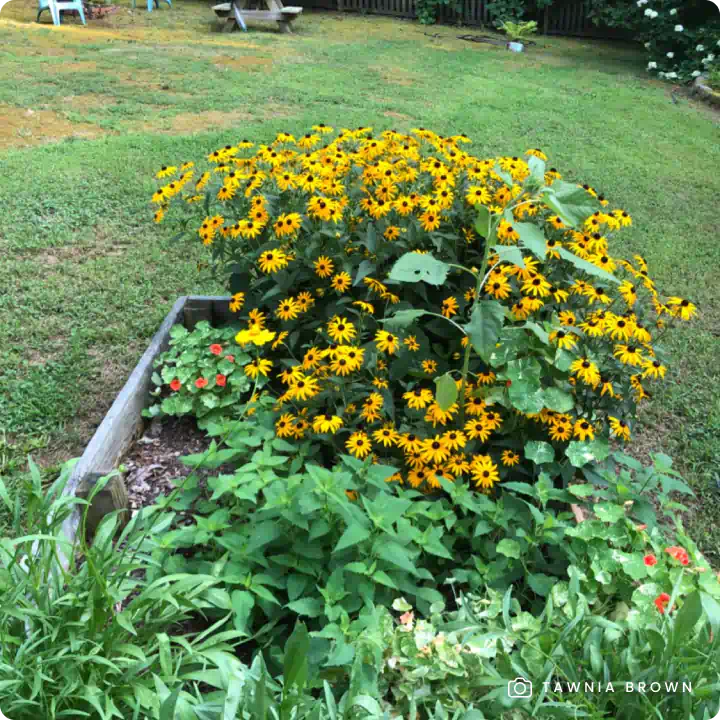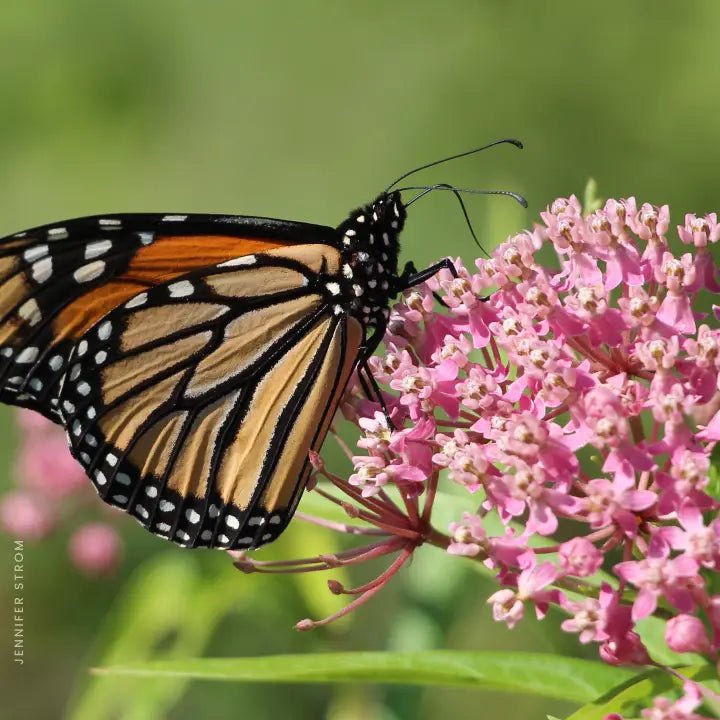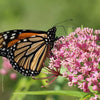Showy Goldeneye (Heliomeris multiflora) is a cheerful, bushy perennial in the aster family that brightens landscapes with golden-yellow, daisy-like flowers from July through September. With slender, lance-shaped leaves and numerous small, sunflower-like blooms, this plant forms dense clumps reaching 1 to 4 feet tall, making it a standout in prairies, meadows, roadsides, and pollinator gardens. Thriving in dry to moderately moist soils, showy goldeneye is an excellent low-maintenance choice for naturalized plantings, erosion control, and wildlife-friendly landscapes.
Key Features:
- Abundant Golden Blooms: Profuse small, sunflower-like flowers cover the plant from mid-summer to early fall, creating a bright, pollinator-friendly display.
- Pollinator Magnet: Attracts butterflies, bees, and other beneficial insects, supporting biodiversity.
- Drought-Tolerant & Resilient: Thrives in dry to moderately moist soils, making it perfect for low-water landscapes.
- Wildlife Benefits: Provides nectar for pollinators and seeds for birds in the fall.
- Naturalized Beauty: Commonly found brightening roadsides, meadows, and open slopes, it is well-suited for prairie restorations, erosion control, and native gardens.
- Low Maintenance: Once established, it requires minimal water and care, making it ideal for sustainable landscapes.
- Pollinator-Safe: Grown non-GMO and free of harmful neonicotinoids, promoting a healthy ecosystem for pollinators and wildlife.
Available in sets of three, six, or 12 plants to suit any garden size.
Why Choose Showy Goldeneye?
Showy Goldeneye is a hardy, long-blooming native plant that adds seasonal color and pollinator support to gardens and wild spaces. Whether used in prairies, meadows, pollinator gardens, or along sunny roadsides, this easy-care perennial thrives with little water and care, providing vibrant yellow blooms, ecological benefits, and natural beauty.
Planting Tips:
- Location: Prefers full sun with well-drained, dry to moderately moist soils.
- Watering: Water regularly during the first growing season to establish roots; drought-tolerant once mature.
- Maintenance: Minimal care required. There's no need to deadhead the flowers, as allowing them to go to seed provides a valuable food source for birds. Leaving the stems standing in the fall offers overwintering sites for beneficial insects. If desired, cut back the stems in late spring after pollinators have emerged.
For more information on planting, view our How to Plant Your Native Plants guide and other planting tips in the Garden for Wildlife Learning Center.
Add showy goldeneye to your garden for brilliant golden blooms, pollinator support, and effortless beauty!
